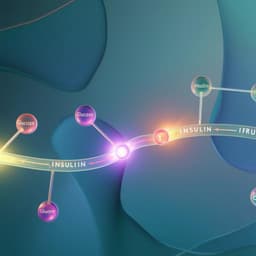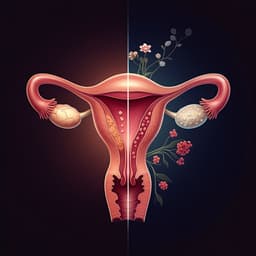
Medicine and Health
The effect of aromatherapy with Lavender-Neroli oil and music in management of pediatric dental anxiety: a randomized control trial
R. Abdalhai, C. Kouchaji, et al.
This exciting randomized controlled trial, conducted by Rama Abdalhai, Chaza Kouchaji, and Rasha Alkhatib, explores the effectiveness of Lavender-Neroli aromatherapy combined with music in alleviating dental anxiety and pain in children during anesthesia. Discover how this innovative approach promises a gentler experience for young patients!
~3 min • Beginner • English
Related Publications
Explore these studies to deepen your understanding of the subject.







